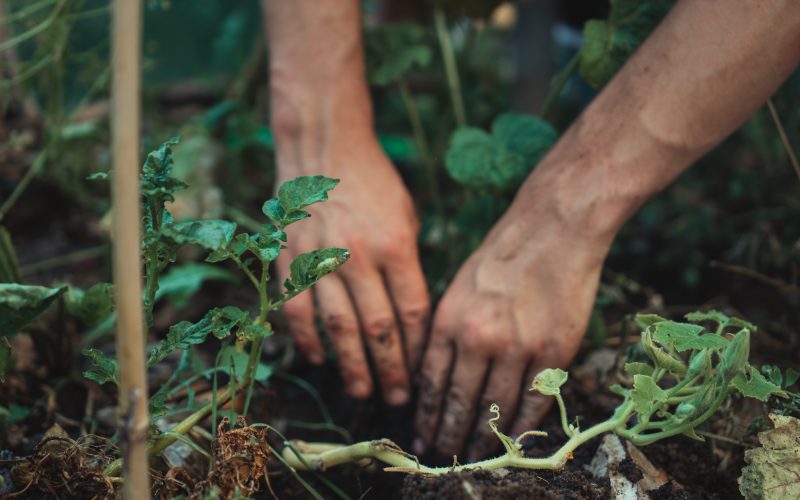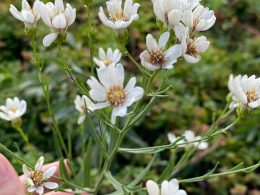Introduction: In a world where environmental concerns are growing more urgent by the day, individuals and communities are seeking innovative ways to incorporate sustainable practices into their daily lives. One area where this movement is gaining momentum is in the realm of gardening. From small urban plots to sprawling landscapes, people are embracing eco-friendly techniques to create vibrant and thriving gardens that not only enhance the beauty of their surroundings but also contribute to the well-being of the planet. In this article, we will explore the various approaches and practices that are revolutionizing gardening and paving the way for a greener future.
- Harnessing the Power of Composting: Composting, the process of decomposing organic matter to create nutrient-rich soil, lies at the heart of sustainable gardening. By diverting kitchen scraps and yard waste from landfills and converting them into compost, gardeners can enrich their soil naturally. Not only does this reduce waste and greenhouse gas emissions, but it also enhances the health and fertility of the garden, leading to vibrant plant growth and decreased reliance on chemical fertilizers.
- Embracing Native Plants: Integrating native plants into garden design is a growing trend that benefits both the environment and local ecosystems. Native plants have adapted to the local climate and soil conditions, making them hardy and resilient. They require fewer pesticides, fertilizers, and water, reducing the overall ecological footprint of a garden. Moreover, native plants provide crucial habitat and food sources for local wildlife, promoting biodiversity and creating a harmonious ecosystem.
- Rainwater Harvesting and Efficient Irrigation: Water scarcity is a global concern, and it is essential to maximize water conservation in gardens. Rainwater harvesting systems allow gardeners to capture and store rainwater for later use, reducing reliance on freshwater sources. Additionally, implementing efficient irrigation techniques such as drip irrigation or soaker hoses minimizes water wastage by delivering water directly to the roots, where it is needed the most. These practices not only conserve water but also lead to healthier plants and lower water bills.
- Integrated Pest Management: Eco-friendly gardening emphasizes the use of integrated pest management (IPM) techniques, which prioritize prevention and minimize the use of chemical pesticides. IPM involves monitoring and identifying pests, implementing natural pest control methods such as companion planting, and encouraging beneficial insects and birds to thrive in the garden. By striking a balance between pest management and ecological harmony, gardeners can control pests effectively while safeguarding the environment.
- Creating Urban Oases: As urbanization continues to rise, the concept of urban gardening has gained significant popularity. Rooftop gardens, vertical gardens, and community gardens are transforming concrete landscapes into vibrant green spaces. These urban oases help mitigate the urban heat island effect, improve air quality, and provide a sanctuary for city dwellers to connect with nature. Through creative use of limited space, urban gardening brings people together and contributes to the overall well-being of urban communities.
Conclusion: The shift towards eco-friendly gardening techniques signifies a paradigm shift in how we interact with our natural surroundings. By embracing practices such as composting, native plant cultivation, rainwater harvesting, efficient irrigation, integrated pest management, and urban gardening, we can create beautiful and sustainable gardens that are in harmony with nature. These techniques not only promote environmental conservation but also inspire a deeper appreciation for the interconnectedness of all living beings. As we nurture our gardens, we, in turn, nurture the health and vitality of the planet, leaving a legacy of sustainability for generations to come.
Disclaimer: This article is for informational purposes only and does not constitute professional gardening advice. Readers are advised to consult with gardening experts or horticulturists for personalized guidance.











